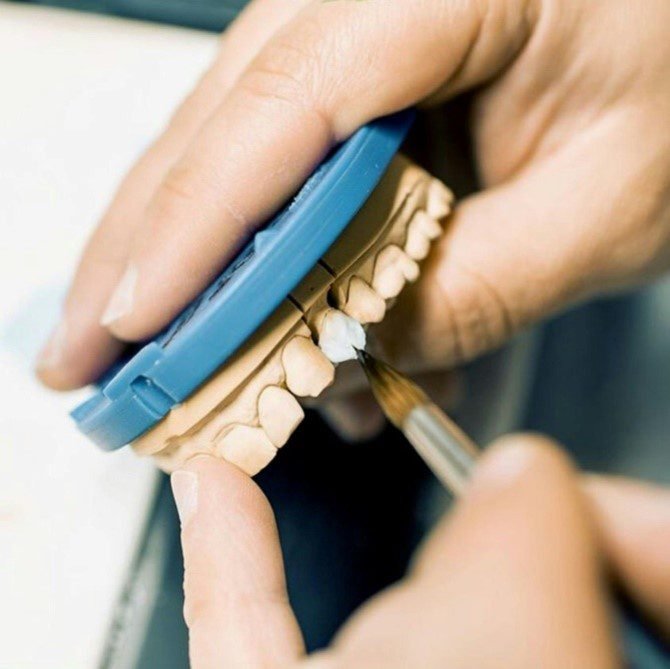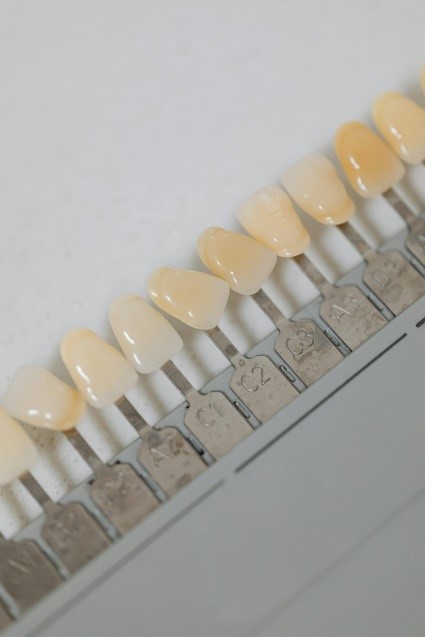IMPLANT DENTISTRY
DENTAL CROWNS & BRIDGES
SMILE AESTHETICS


Porcelain is a common material for dental restorations because of its biological compatibility, longevity, and natural look. Porcelain crowns and fillings are two popular solutions that serve different objectives in dental care among the many available. To fully understand the key differences among these two dental procedures, let’s get more specific.

5 Differences for PORCELAIN FILLINGS and CROWNS
Objective and Usability:
Porcelain Fillings: Repair minor to moderate holes or tooth damage.
Porcelain crowns: Repair teeth that are seriously broken, rotting, or weak.
Coverage Area:
Porcelain Fillings: Moderate, not much removal of tooth structure that is still healthy.
Porcelain crowns: Cover a tooth’s whole visible surface above the jaw line.
The Strength and Durability:
Porcelain Fillings: Good strength, however it might not be able to tolerate strong chewing pressures like crowns.
Porcelain crowns: more durable and appropriate for forceful chewing.
Cosmetic Considerations:
Porcelain fillings: Hidden blend in perfectly with the color of the tooth.
Porcelain crowns: Made specifically to restore teeth in a way that looks natural.
Procedure of Treatment:
Porcelain Fillings: bonding, impression, decays removal in two visits.
Porcelain crowns: preparation, imprint, a short time crown, final crown placement—two to four visits.
In Conclusion, porcelain crowns and fillings are both excellent dental repairs, but they have various functions and provide unique benefits based on the severity of the decaying tooth and the intended result. To choose the best course of action based on a patient’s needs and preferences, don’t skip dental appointments. In order to promote dental wellness and a confident smile, porcelain crowns and fillings can be used to correct tiny gaps or restore badly damaged teeth.